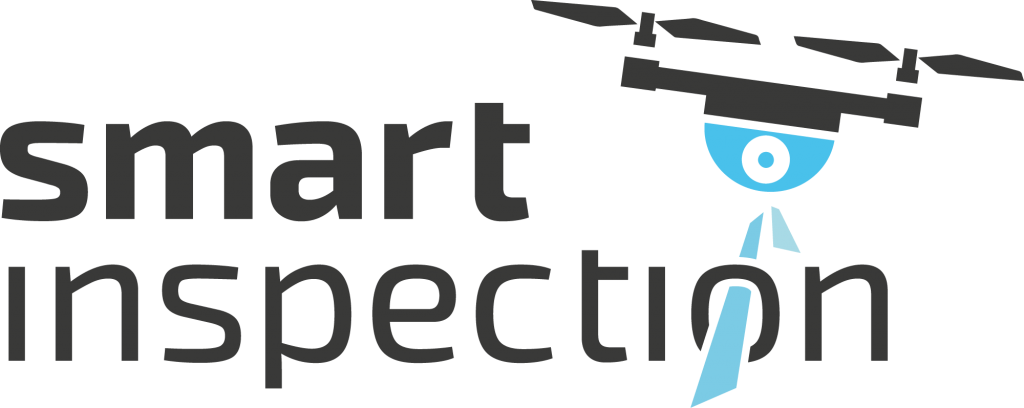Introduction
The EASA recently published “Opinion 05/2019”. This opinion is proposing amendments to the two new European Drone Rules (EU) 2019/947 and (EU) 2019/945.
The objective of this Opinion is to provide cost-efficient rules for low risk UAS in the “specific” category for drone operators, manufacturers and competent authorities as well as the improvement of the harmonization of drone operations throughout Europe.
This opinion is defining two new standard scenarios and establishes two new drone classes. Furthermore, it provides other minor changes and adjustments in both Regulations.
In the following we would like to give you a short overview of the most important new developments which will enter into force in 2020.
Implementing Regulation (EU) 2019/947: two new standard scenarios
Standard scenarios are meant to simplify the activities required by the UAS operators. They define types of UAS operations in the “specific” category that are characterized by a low risk.
Related to Annex I of the Implementing Regulation (EU) 2019/947 the EASA-Opinion 05/2019 proposes two standard scenarios to facilitate UAS operations posing a low risk in the specific category. These scenarios define the conditions when UAS operators can start an operation after having submitted a declaration (Betriebserklärung) to the competent national aviation authority, instead of applying for an authorization. Since the national aviation authority is not required to make any additional checks before the start of the operation, it was decided to define the requirements for these operations in a prescriptive way.
These two new standard scenarios are related to the following UAS operations:
- STS-01 “Urban VLOS”:
Operations in the Visual Line of Sight at a maximum height of 120 m, at a ground speed of less than 5 m/s in the case of untethered UAS, over controlled ground areas that can be in populated (e.g urban) environments, using UAS with maximum take-off masses (MTOMs) of up to 25 kg.
As defined in Article 2(21) of the Implementing Regulation, a controlled ground area is “the ground area where the UAS is operated and within which the UAS operator can ensure that only involved persons are present”. So, the operator must at least be familiar with the intended area of operations.
- STS-02 “Rural BVLOS”:
Operations Beyond Visual Line of Sight with the UAS at not more than 2 km from the remote pilot, if visual observers (VOs) are used, at a maximum height of 120 m, over controlled ground areas in sparsely populated environments, using UAS with MTOMs of up to 25kg.
The launch and the recovery of the UAS is, in any case, required to be performed in VLOS. The main mitigation means are provided by the VOs who assist the remote pilot in scanning the airspace for the presence of other airspace users. Without the assistance of VOs, the range can be up to 1 km, if the UAS flies a pre-programmed flight, allowing it to scan the airspace itself. With VOs the range can be extended up to 2 km.
The VO (which has the role to scan the sky and inform the remote pilot when he sees other airspace users or obstacles) is not to be mistaken with the UAS-observer (which supports the remote pilot in keeping the UAS in VLOS to make sure that the operation is conducted safely regarding ground and air risk).
The new Annex II of the Implementing Regulation will contain a template of the declaration to be submitted by drone operators.
Delegated Regulation (EU) 2019/945: Two new UAS classes for operations in standard scenarios
For the implementation of the standard scenarios the Opinion proposes the introduction of two new Parts in the Annex including the technical requirements that UAS need to meet in order to be operated in the standard scenarios. As a result, two new drone classes have been created for drone operations in standard scenarios, namely class C5 and C6.
It is proposed, that UAS to be operated under “STS-01” should bear a C5 class mark. The technical requirements of class C5 UAS are listed starting from those defined for class C3 with some exclusions (e.g. the maximum height limitation) and some additions (e.g. the characteristic dimensions, which are limited to 3 m).
UAS operations under “STS-02” should be performed with drones of class C6. Class C6 is also generally based on class C3 also with defined exclusions and additions (e.g. characteristic dimension with up to 3 m and 25 kg as well as maximum ground speed with 50 m/s).
What’s next?
This Opinion is submitted to the EU Commission, which will use it as a technical basis in order to prepare EU regulations. After this opinion gets adopted from all Member States, it will be transformed in a legislative act by the EU Commission by the beginning of next year.
But: The amendment introducing the STSs cannot be made applicable immediately after the date of entry into force of the regulation, since manufacturers may need some time to develop and put UAS on the market marked as class C5 and class C6. It is – from the current point of view – therefore planned to postpone the applicability to up to 18 months after the entry into force.
A new blog post on this exciting topic will be waiting for you shortly. Stay tuned!

